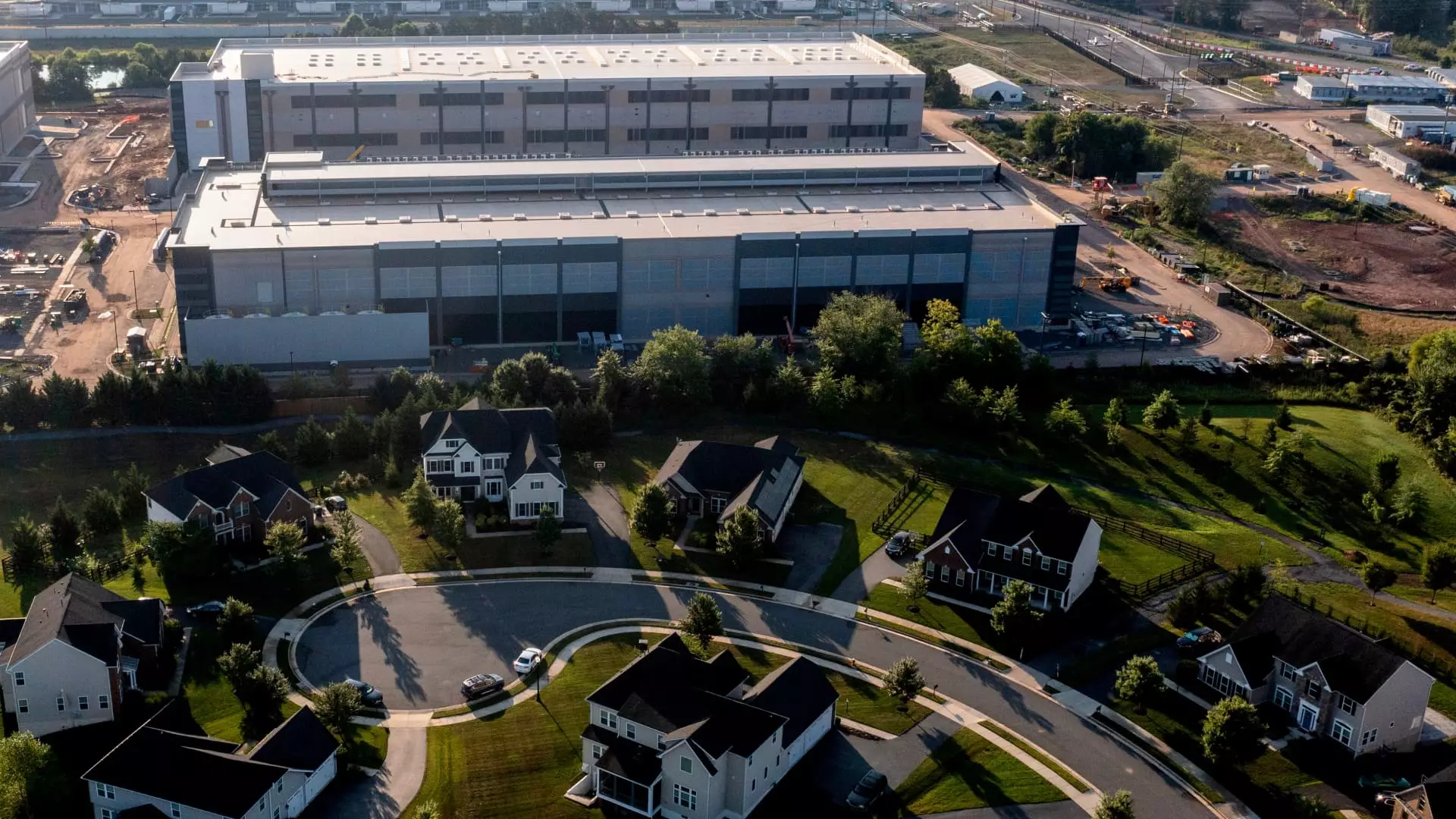In the modern economic landscape, the demand for electricity is not merely a measure of consumption; it represents an intricate dance between technological evolution and consumer needs. Morgan Stanley, with its foresight and analytical rigor, posits that electricity demand might weather the storm of economic downturns, particularly those ignited by corporate and government decisions. While some may scoff at the idea that a trade war could have minimal impact on electricity consumption, a deeper dive reveals that certain sectors—specifically data centers and artificial intelligence—are likely to maintain a steady appetite for power, even when national economies falter.
This optimism is grounded in historical patterns where, despite recession-induced anxiety biting at various sectors of the economy, electricity demand only dwindles marginally. Morgan Stanley highlights that since 1960, recessions have led to only a 0.2% drop in electricity demand on average, with the 2008 financial crisis marking the exception rather than the norm. This resilience is further bolstered by the inelastic nature of essential energy consumption—a necessity not easily forsaken, even in dire financial straits.
The Role of Artificial Intelligence in Power Consumption
One of the most enticing revelations from Morgan Stanley’s analysis is the projected explosive growth in electricity consumption driven by artificial intelligence (AI). By 2028, they foresee AI demanding a staggering tenfold increase in power, accounting for 8% of total U.S. electricity usage. Think about that for a moment; the profound implications of such growth touch everything from technology infrastructure to workforce dynamics. This isn’t just a statistic but an insight into a transformative wave poised to reshape how we perceive and utilize energy.
Major corporations like Meta, Amazon, and Alphabet are not just dabbling in AI; they are actively seeking to monopolize this burgeoning sector. Their infrastructure investments reflect a commitment to remaining at the forefront of technological innovation, positioning them as a significant force in driving electricity demand skyward. For conservative investors, the undeniable nexus between technological progress and energy requirements signals an opportunity that transcends merely riding market fluctuations.
The Investment Landscape: Navigating Risks and Opportunities
While the allure of a robust electricity demand narrative invites investment, it is imperative to acknowledge the underlying risks amid shifting political landscapes. President Trump’s policies—marked by rapid change and unpredictability—have left many in the investment community fumbling. The risks of sudden shocks in demand cannot be dismissed, as evidenced by Morgan Stanley’s cautionary notes. They imply that with economic policy swirling unpredictably, companies reliant on continuous growth may face stagnant order volumes, leaving investors on shaky ground.
Yet, despite these risks, the utility sector has emerged as a beacon of hope. Stocks like Consolidated Edison, Southern Company, Duke Energy, and NextEra Energy have outperformed the broader S&P 500 index, suggesting a sturdy resilience typically associated with defensive investments. Utilities represent an intriguing dichotomy—offering both stability during downturns while also catering to the burgeoning needs associated with AI and data processing.
A Closer Look at Key Players
Morgan Stanley’s stock picks, including First Solar and GE Vernova, highlight a robust interest in companies strategically positioned within the utility sphere. However, the recent declines in stock prices for these firms raise a critical question—are these merely short-term trends, or do they reflect a deeper malaise in the energy sector? Independent power producers like Talen and Vistra may bear the brunt of a recession, yet their ongoing data center contracts provide a silver lining of promise for potential recovery.
The utility sector’s growth amid adversity reveals a stark contrast with industries that may not hold up as well under economic strain. Investments need careful navigation; the willingness to support the sector amidst uncertainty is a position aligned with center-right economic perspectives that advocate for gradual progress, technological advancement, and long-term planning.
In this evolving narrative, the intersection of policy and economic demands creates both trepidation and opportunity, highlighting that, much like electricity itself, the path ahead may be circuitous yet undeniably powerful. Engaging with these trends will require insight, and a willingness to embrace the dynamic interplay between technology and energy, marking an era where investment strategies must adapt to the electric pulse of innovation.


Leave a Reply